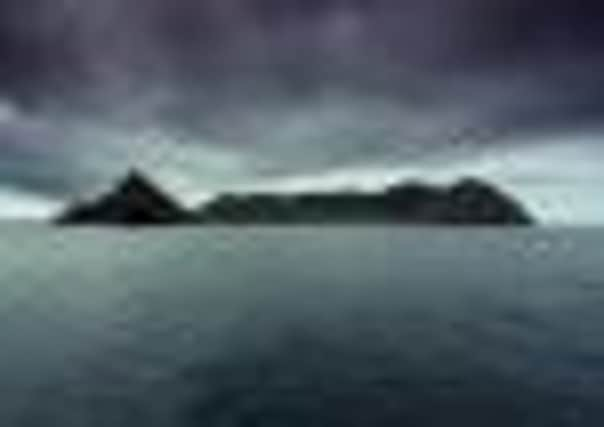Island of the week: St Kilda


Population: Uninhabitated other than conservation and Minisry of Defence workers.
Gaelic name: Hiort
History: It is unclear when St Kilda first became inhabited, but the discovery of the remains of a burial structure in 1995, strongly suggest that there were settlers on the island from as early as the Bronze Age. Archaeological findings of brooches and the use of names such as Oiseval and Ruaival also confirm Norse occupation.
Advertisement
Hide AdAdvertisement
Hide Ad

In 1697, a small population of around 180 people rented the land from the Macleods of Dunvegan in Skye. These settlers exploited the rich resources of the land by keeping animals and growing crops and they paid their rent to the Macleods in kind. A Factor employed by the Macleods dealt with the islanders on a daily basis, selling their produce and supplying them with imported goods.
Contact with the outside world increased dramatically in the 19th century and as the St Kildans became more reliant on imports of food, fuel and other supplies - they began to gradually lose their self-sufficiency. Food shortages in 1912, an outbreak of Influenza in 1913 and the loss of many able-bodied men during World War One, led to a dramatic drop in the population and in 1930, the remaining islanders wrote to the Secretary of State for Scotland requesting evacuation to the mainland.
The abandoned St Kilda was then was sold to the Marques of Bute and finally, bequeathed to the National Trust for Scotland in 1957.
Attractions: St. Kilda’s surrounding stacs are the highest and most spectacular in the British Isles and provide an active breeding ground for many important species of sea-bird including Northern Gannets and Atlantic Puffins. There are various archaeological sites to visit including the Bronze Age burial site and the enigmatic Village Bay, where you can still see the 16 cottages, school and church used by the inhabitants before the evacuation. There is also a museum which exhibits the history of St. Kildan life. But the most alluring feature of St. Kilda has to be its seclusion, creating an unspoiled and mystical habitat, making it the holy grail of the Scottish Islands for the avid explorer.
How to get there: Cruises to St Kilda are available from Sea Harris, Kilda Cruises and Sea Trek.
Where to stay: If you’re looking for more than a day trip, the only accommodation available on St. Kilda is a small campsite with capacity for only 6 people. Booking can be arranged through contacting the National Trust for Scotland.